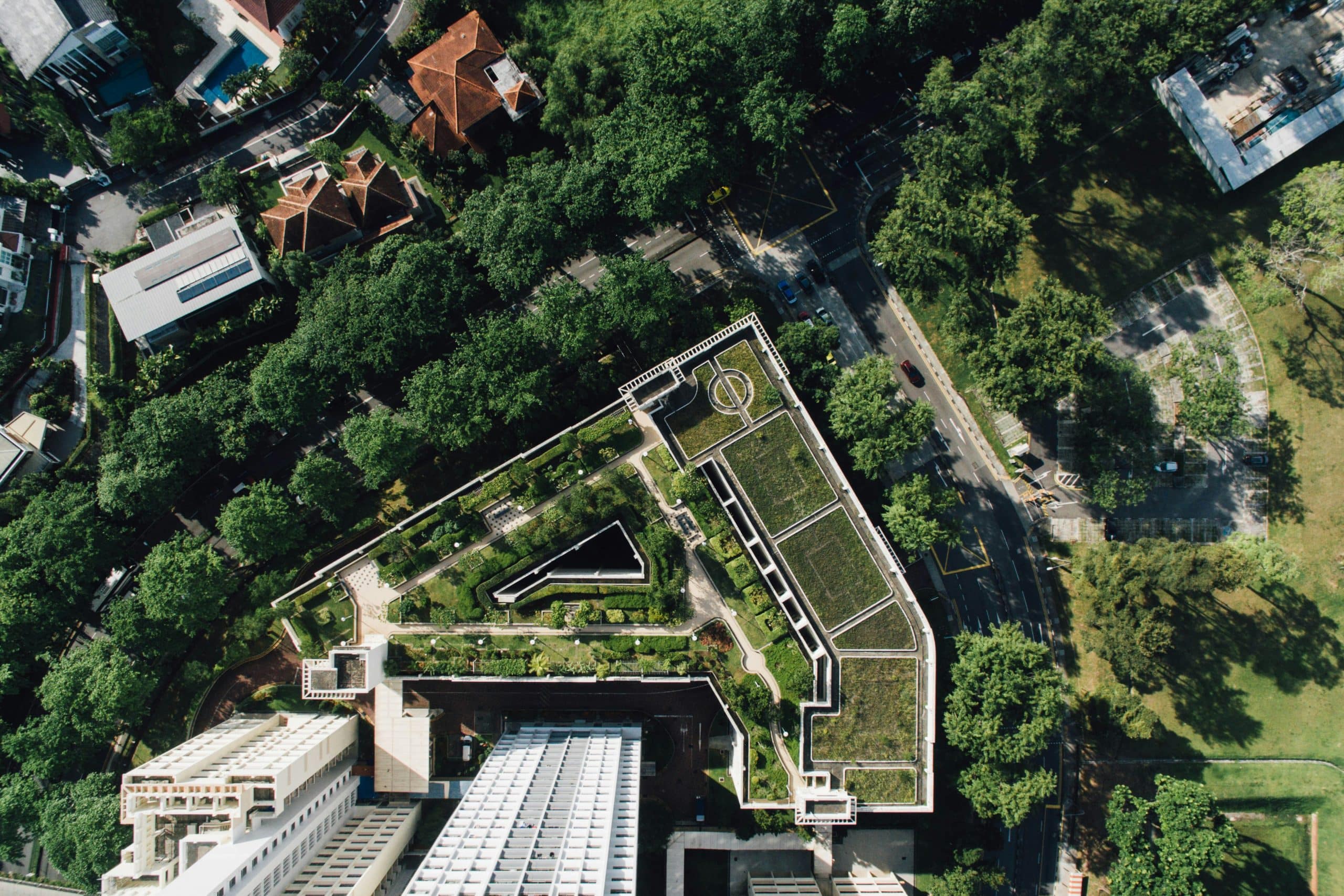In the throbbing heart of our bustling metropolises, a soft, green pulse is becoming increasingly vital. The concept of urban green corridors is not new, but its importance in our current environmental landscape cannot be overstated. In the face of relentless urbanization, these green oases serve a critical role in preserving biodiversity within city spaces. A closer examination reveals the ecological significance of these arteries of life, allowing city dwellers to appreciate the benefits they provide in terms of conservation, ecological planning and habitat creation.
The Essence of Urban Green Corridors
Before delving into the function and significance of green corridors, we must first understand what they are. In essence, urban green corridors are continuous patches of green space strategically structured within urban areas. They can embrace a variety of forms, from park networks and riverine strips to linear parks and green roofs.
Also to discover : Can sustainable agriculture reduce the use of chemical pesticides and fertilizers?
These urban green arteries are more than just eye-pleasing cityscapes, they’re essential components of ecological planning. Green corridors within the concrete jungle have been shown to support a diversity of species, from microorganisms and insects to birds and mammals. They provide valuable habitat in an often otherwise inhospitable environment, serving as refuge, nourishing areas and even migration routes for a wide range of species.
Biodiversity Conservation in Urban Environments
In an era where the majority of the world’s population now resides in cities, it’s crucial to acknowledge the impact of urbanization on biodiversity. Cities often reduce the amount of available natural habitat, fragment remaining green spaces, and introduce a range of environmental stressors. All these factors can contribute to biodiversity loss.
Also to discover : The unique experience of driving a classic car on the French Riviera
Urban green corridors, however, offer an opportunity to counteract these negative impacts. By providing continuous, connected natural spaces, green corridors allow for species movement and interaction, protecting local biodiversity. In addition, the presence of a variety of plant species within these corridors can support a higher diversity of animal species. In essence, urban green corridors serve as bridges of life amidst the concrete, providing space for nature in our urban environments.
The Role of Urban Planning in Facilitating Green Corridors
Implementing green corridors within the urban fabric is not a simple task. It requires careful consideration, planning and design. Urban planning plays a pivotal role here, integrating these green spaces into the city layout, ensuring their continuity, and balancing their placement with the needs of the urban environment.
Technology, such as Google Earth and Crossref, can aid in identifying potential areas for green corridors, analysing their spatial configuration, and determining the potential benefits they can provide for biodiversity. By integrating these tools into the planning process, we can create more effective and efficient green corridors.
Green Roofs: A Unique Component of Urban Green Corridors
Among the various forms of green spaces, green roofs stand out. These are essentially roofs of buildings that are covered in vegetation. While they may not immediately spring to mind when considering green corridors, they have the potential to contribute significantly to urban biodiversity.
Green roofs can provide habitat for a variety of species, particularly birds and insects, adding to the overall biodiversity of the city. Furthermore, they can also link together other green spaces within the urban environment, creating a network of green areas that species can move through. The benefits extend beyond biodiversity conservation, green roofs also provide a range of environmental benefits, from improving air quality to reducing urban heat island effects.
The Vital Importance of Public Awareness and Participation
The success of urban green corridors in preserving biodiversity is not only dependent on good planning but also hinges on public awareness and participation. It’s important that city dwellers understand the importance of these green spaces, not just for the aesthetic appeal they bring, but for the ecological benefits they confer.
Promoting public involvement in the creation and care of urban green corridors can also foster a sense of community ownership and stewardship, ensuring their long-term sustainability. Through education and engagement, we can help nurture a city that is not just built for people, but also for the multitude of species that call it home.
As we move forward, the role of urban green corridors in preserving biodiversity within our cities becomes ever clearer. These green arteries are not just spaces of nature within the city, but critical components of our urban ecology. With careful planning, implementation, and public engagement, we can make our cities greener, more vibrant, and more diverse places to live.
The Potential of Urban Ecosystems: A Case for Green Infrastructure
While urban ecosystems are often overlooked, they have the potential to support a vast array of species. The transformation of grey, concrete spaces into thriving green corridors can offer numerous ecosystem services, including improved air and water quality, natural temperature regulation, and enhanced biodiversity.
The creation of green infrastructure, such as parks, gardens, green walls, and green roofs, can offer a multitude of benefits. Besides providing habitat for various species, they can also become stepping stones or corridors for wildlife, facilitating their movement across urban landscapes. In addition, these green spaces can improve human well-being, offering city dwellers access to nature and opportunities for physical activity and relaxation.
In the face of climate change, urban green spaces can offer crucial nature-based solutions. They can help to absorb greenhouse gases, mitigate urban heat island effects, and reduce the risks associated with extreme weather events. Moreover, by supporting biodiversity, they can contribute to the resilience of urban ecosystems against climate change impacts.
Implementing these green infrastructures will require careful urban planning. Planners can use tools such as Google Scholar and Scholar Crossref to access scientific research on best design practices for these spaces, ensuring they maximize biodiversity conservation. Planners must also ensure that these green spaces are accessible to all residents, promoting equity in access to nature.
Mobilizing Action for Urban Nature: The Power of Community Engagement
The ultimate success of green corridors in preserving urban biodiversity depends heavily on community engagement. When residents understand the ecological significance of these green spaces, they are more likely to support their implementation and care.
Educational initiatives can play a vital role in fostering this understanding. By highlighting the benefits of urban nature, from biodiversity conservation to climate change mitigation, these initiatives can motivate residents to take action. They can participate in the creation and maintenance of green spaces, contribute to citizen science initiatives, and advocate for green infrastructure in urban planning decisions.
Public participation in green space initiatives can also promote social cohesion and well-being. When people come together to care for their local environment, they can build stronger community ties and improve their mental and physical health.
Conclusion: Towards Greener Cities
In the face of rapid urbanization and climate change, urban green corridors play an indispensable role in preserving biodiversity and ensuring the sustainability of our cities. By integrating these green arteries within urban planning processes, we can create cities that are not only more resilient but also more livable.
As we move into the future, the importance of green spaces in our urban areas will only continue to grow. Through careful planning, scientific research, and community engagement, we can ensure that our cities serve not only their human residents but also the multitude of species that call them home. The vision of greener, biodiverse cities is within our reach, and everyone has a role to play in making it a reality.











